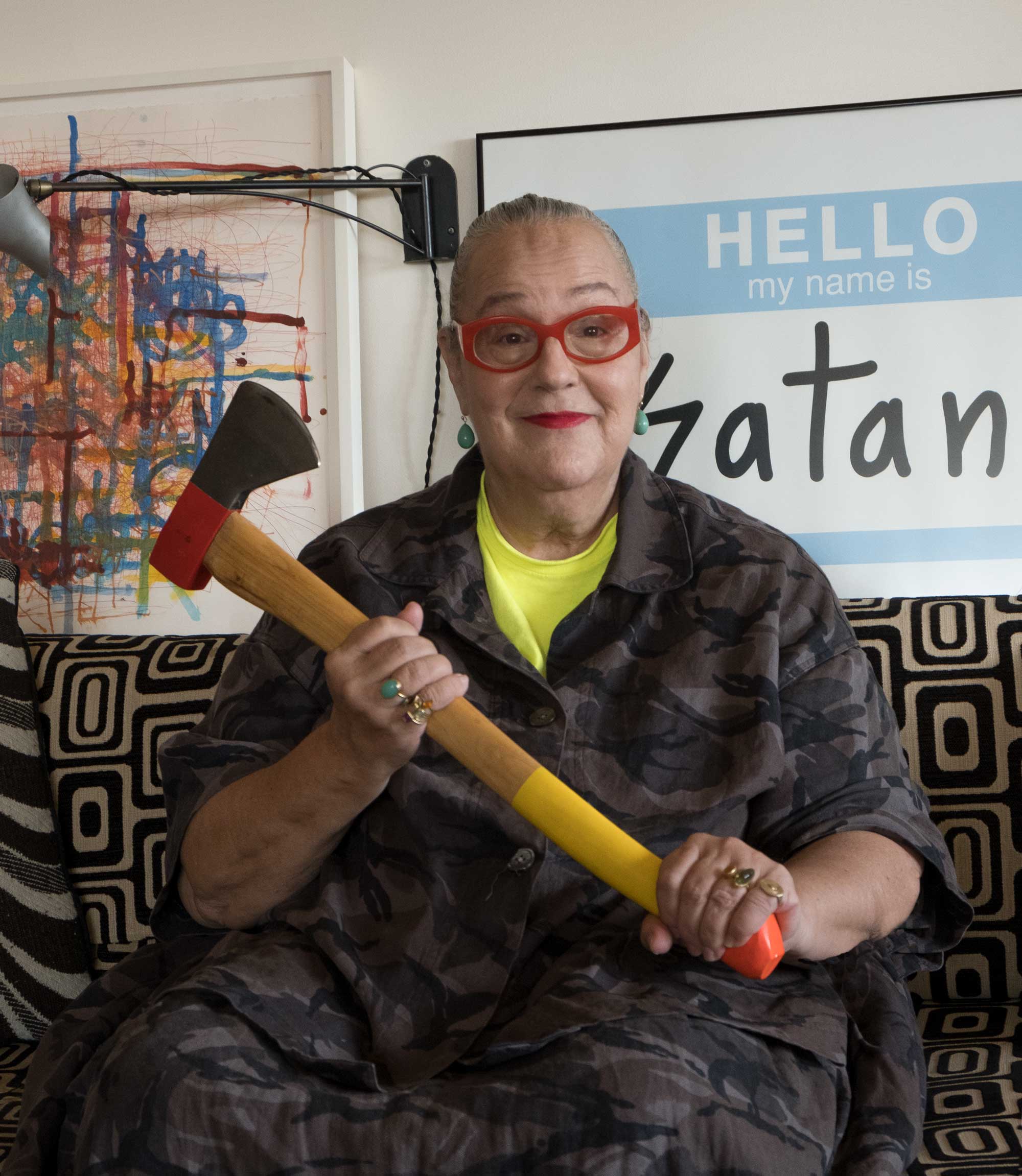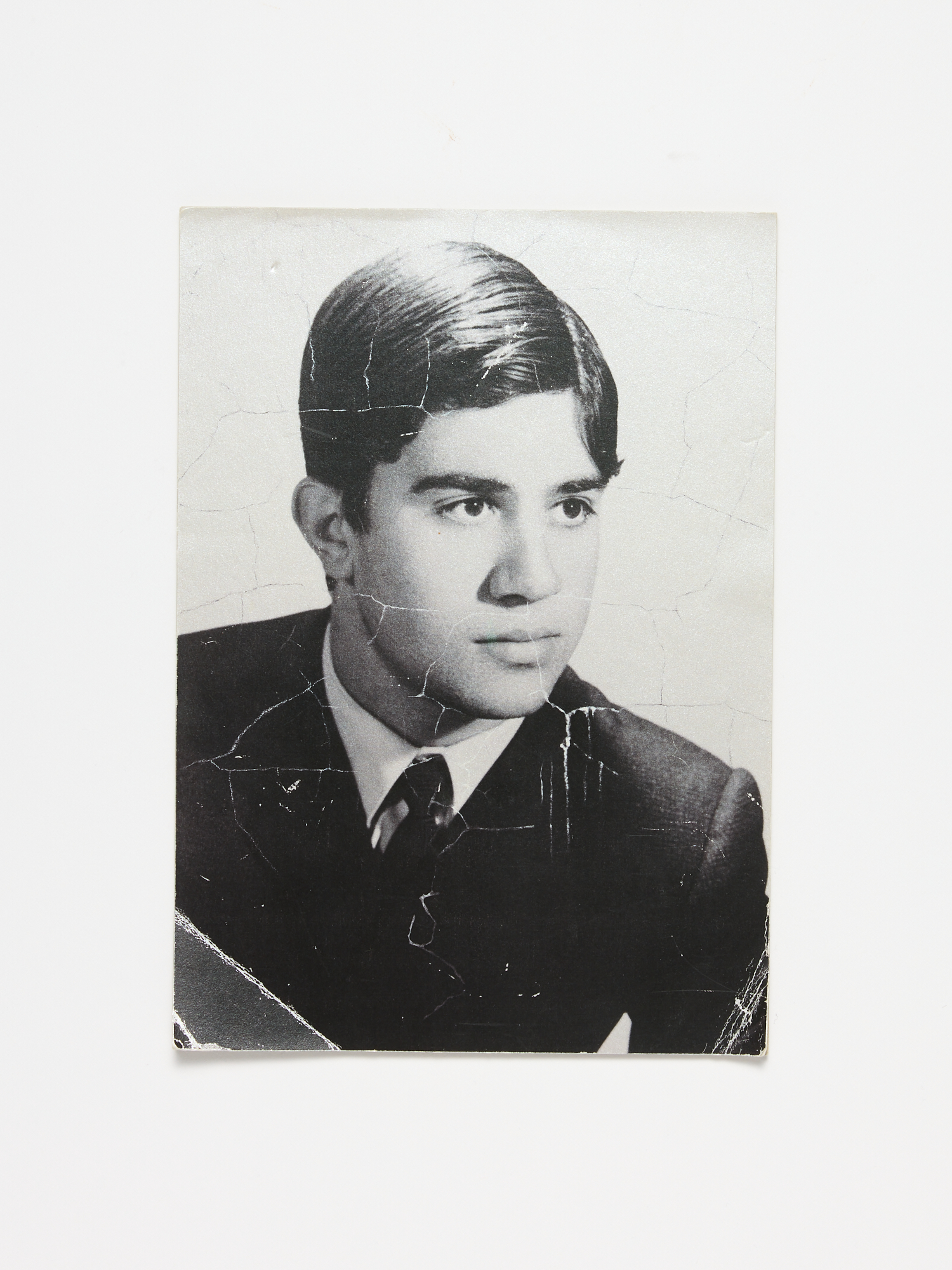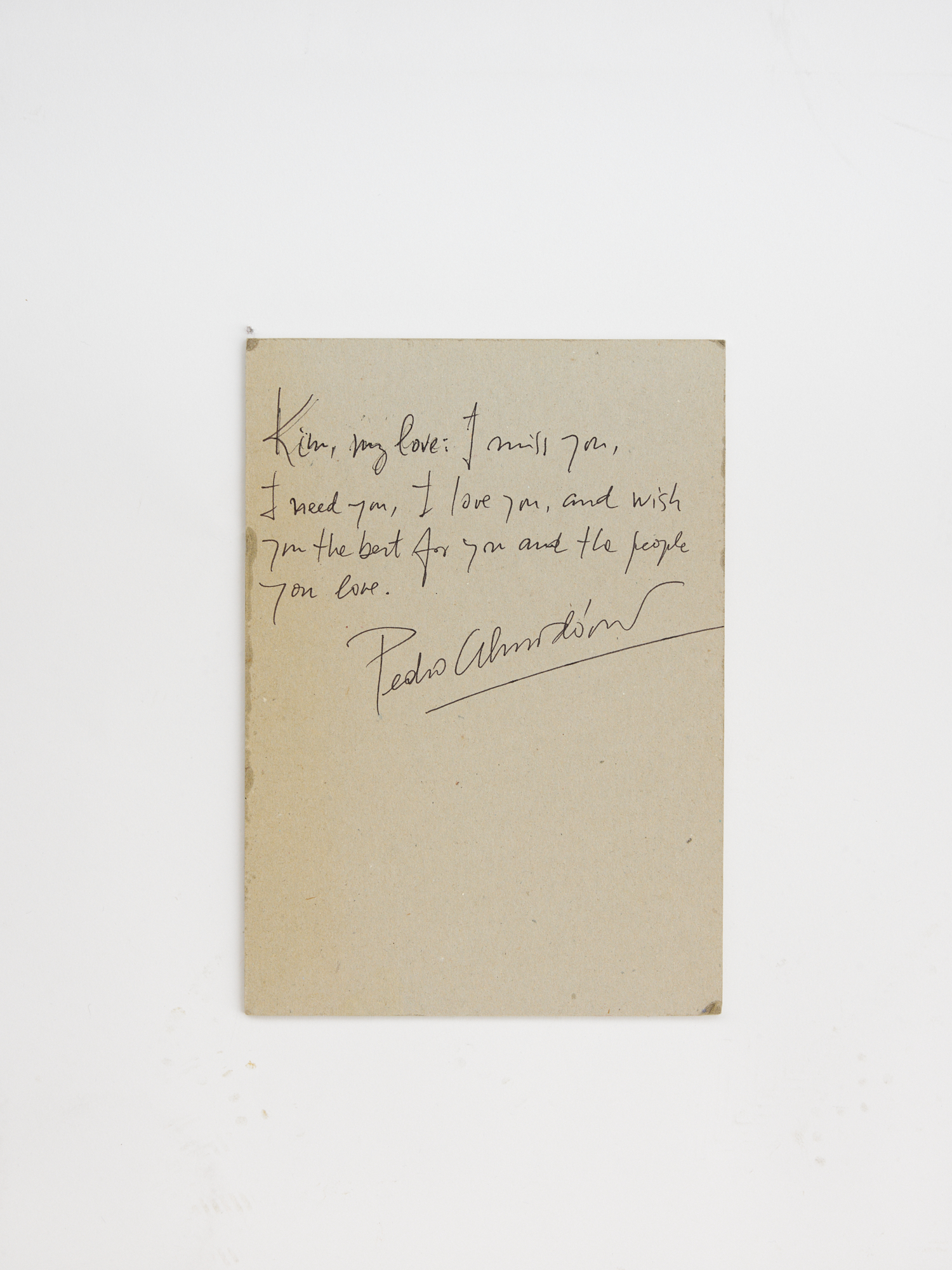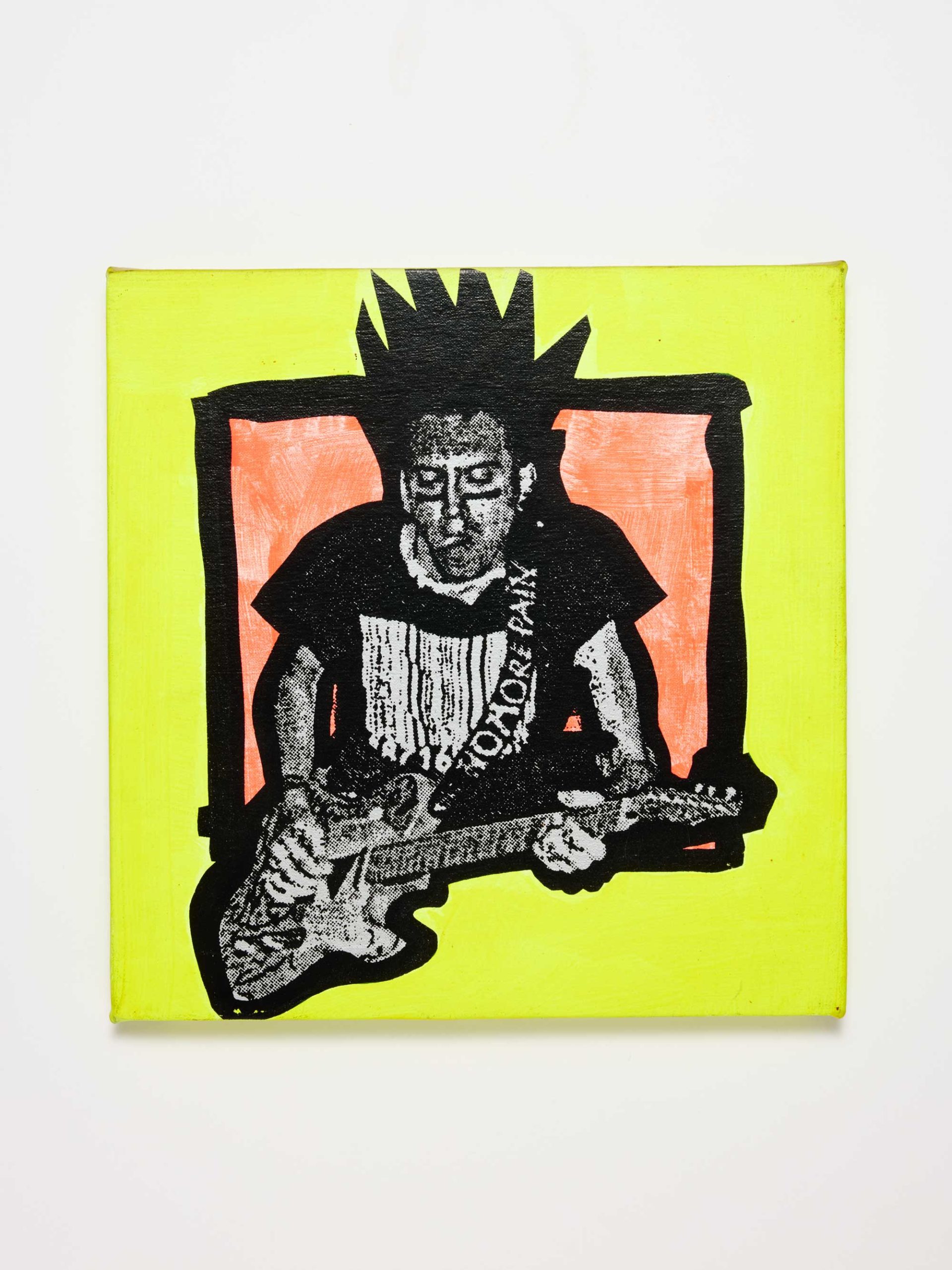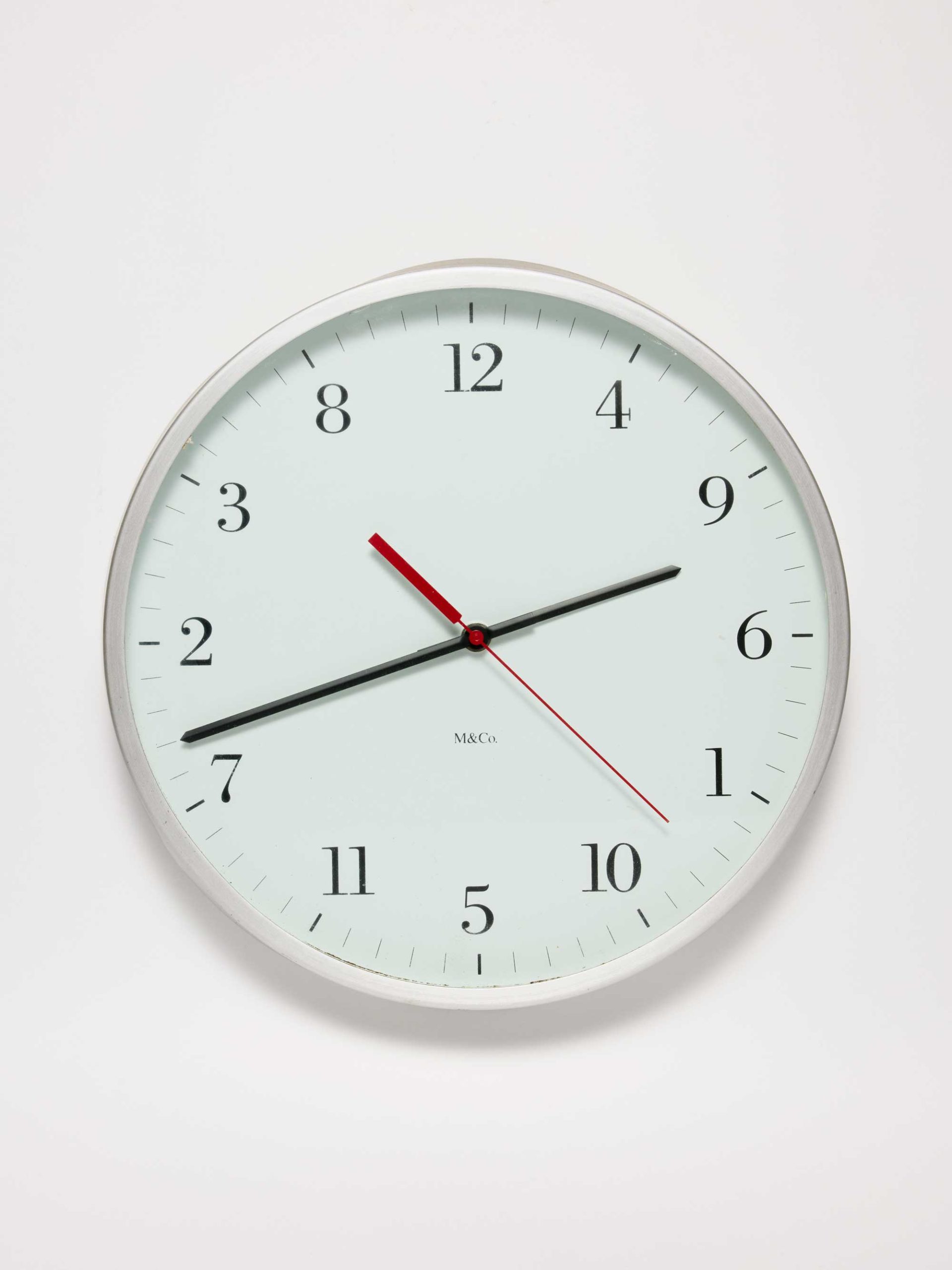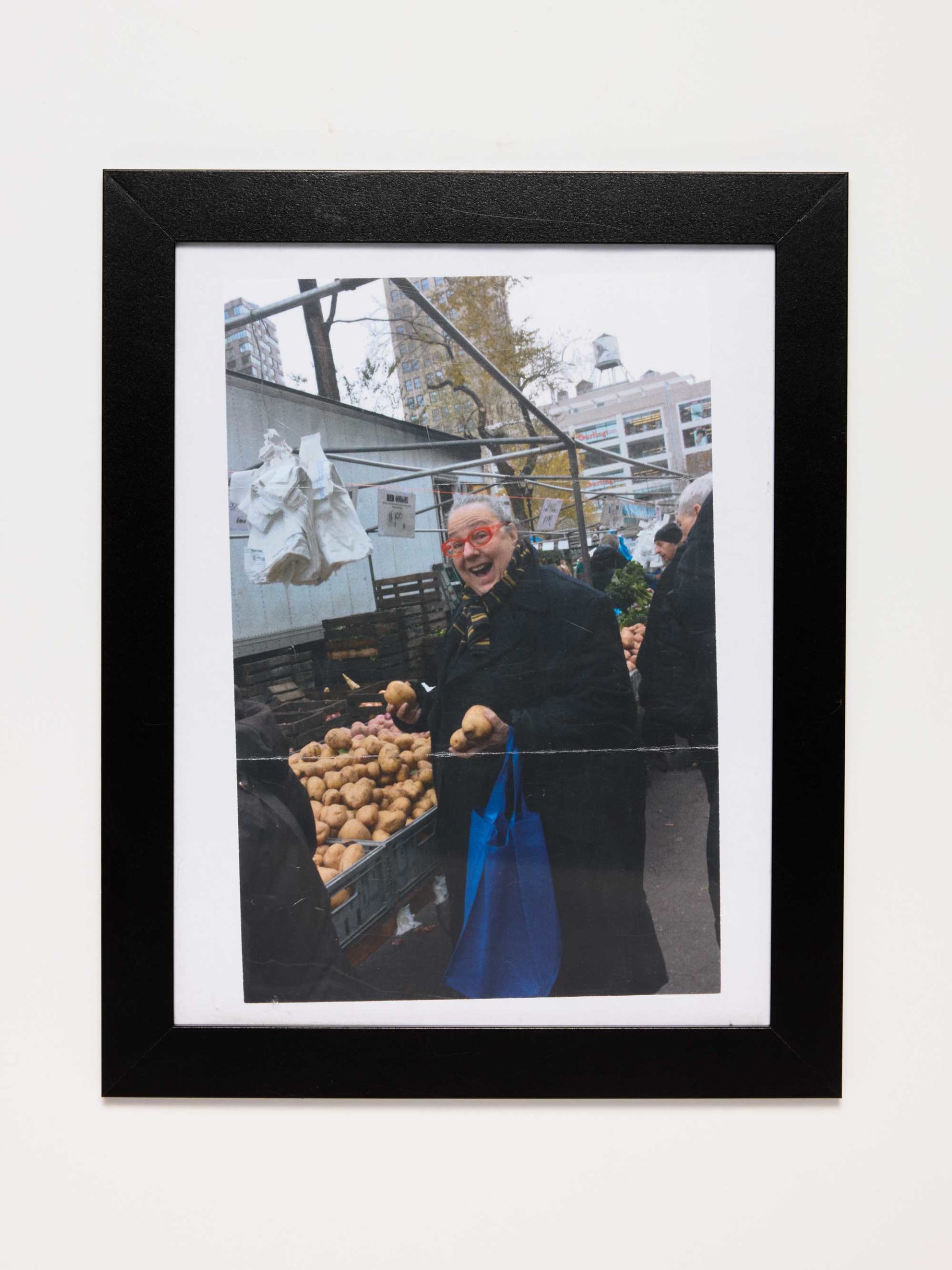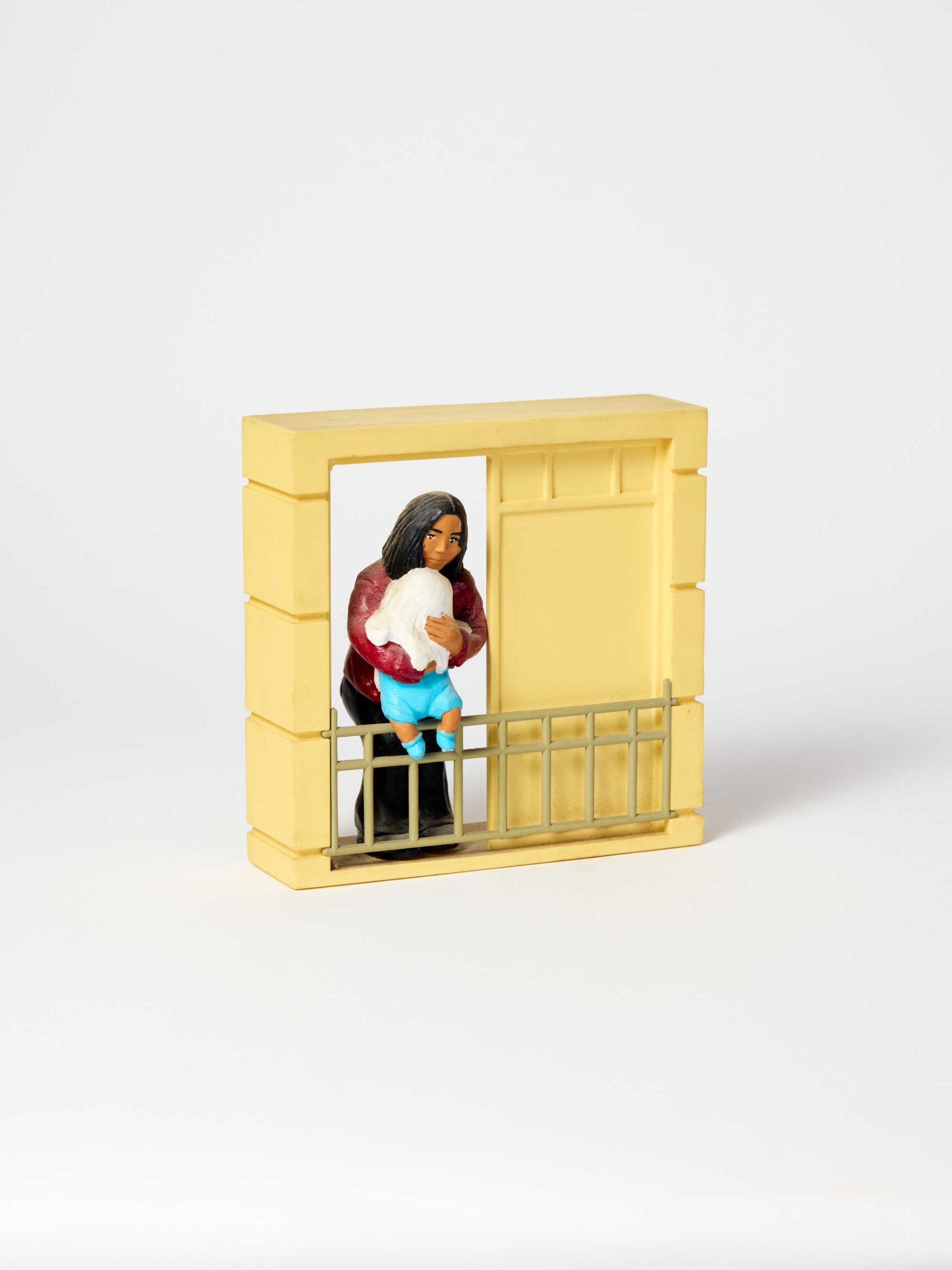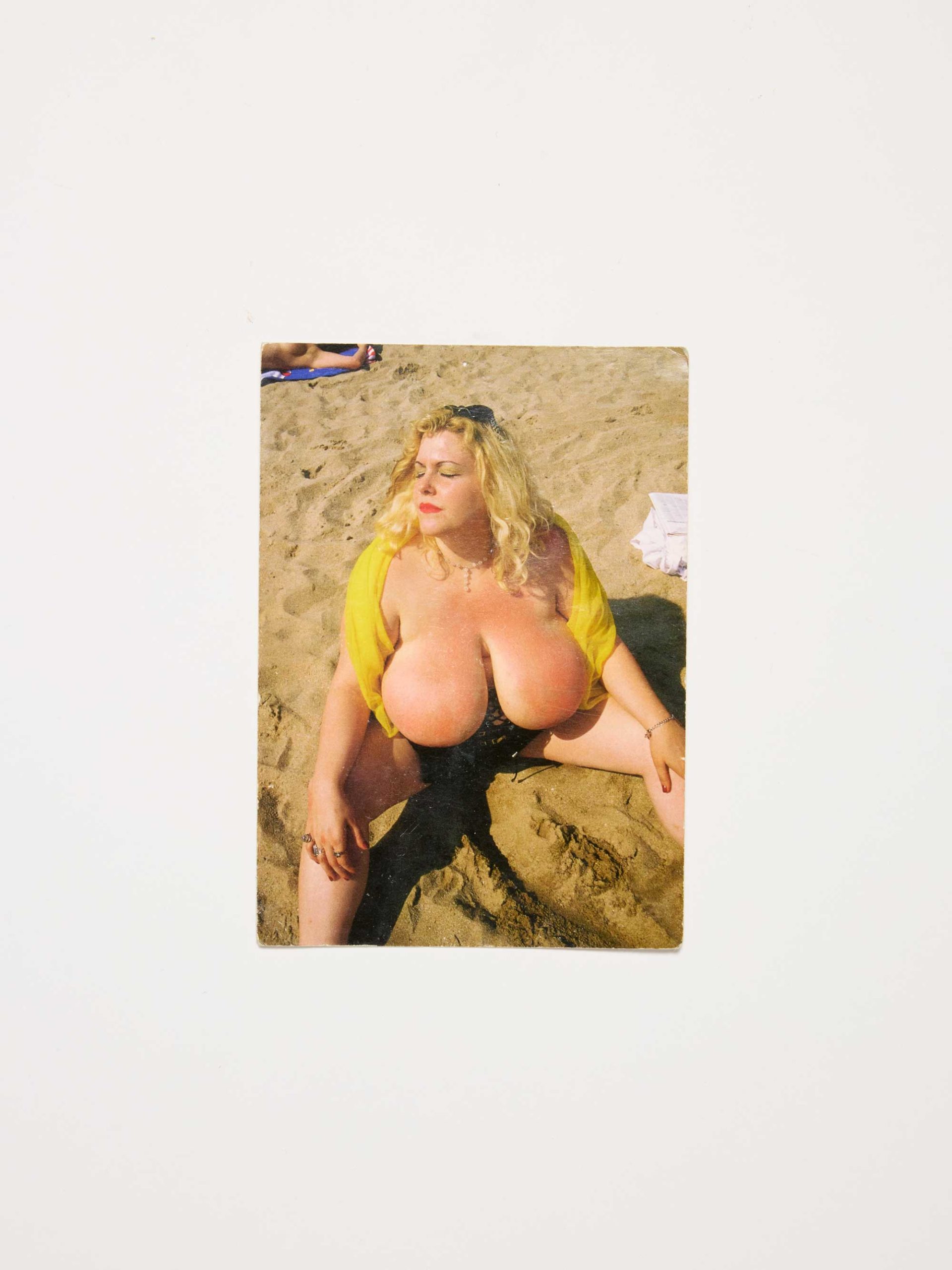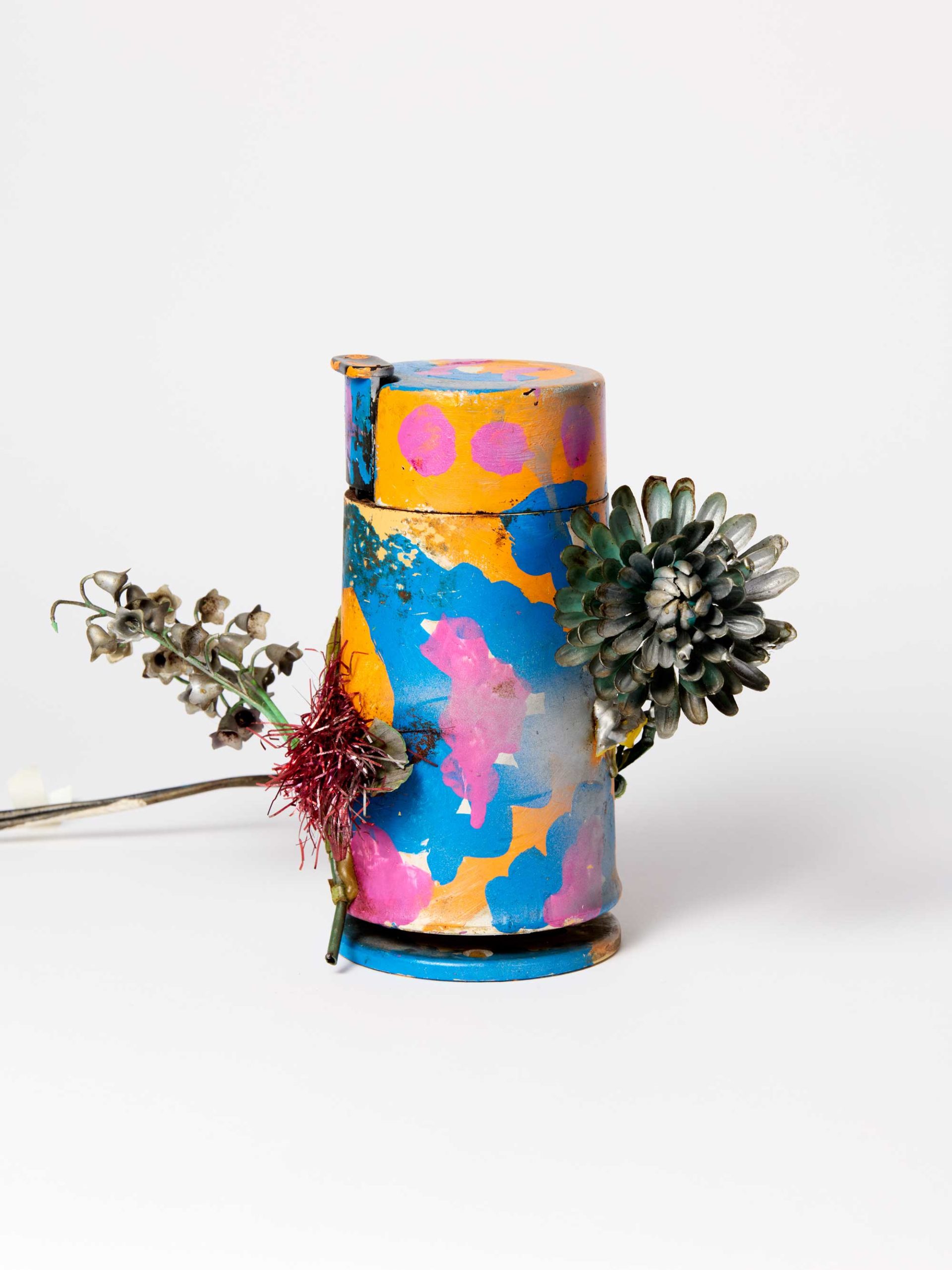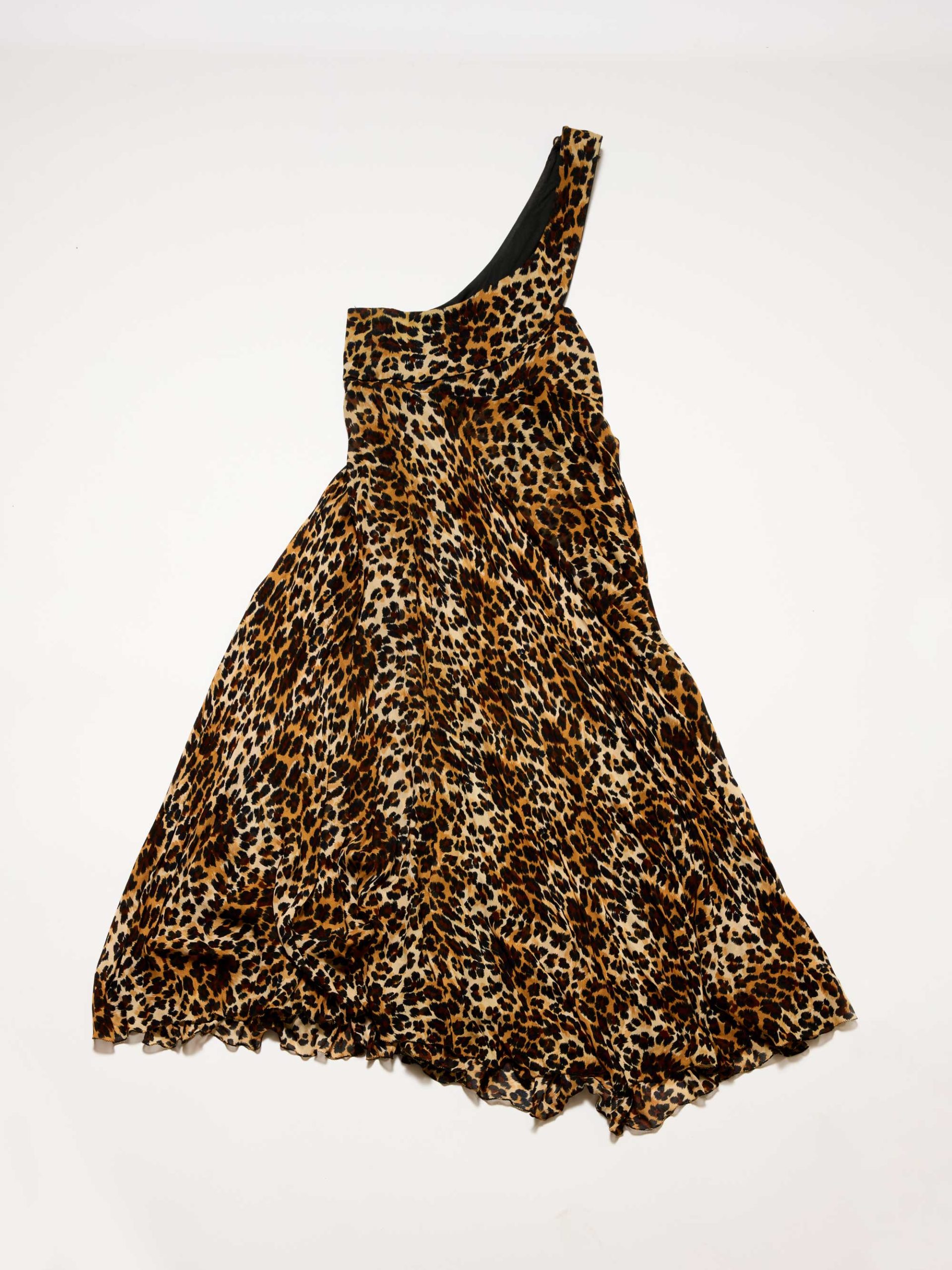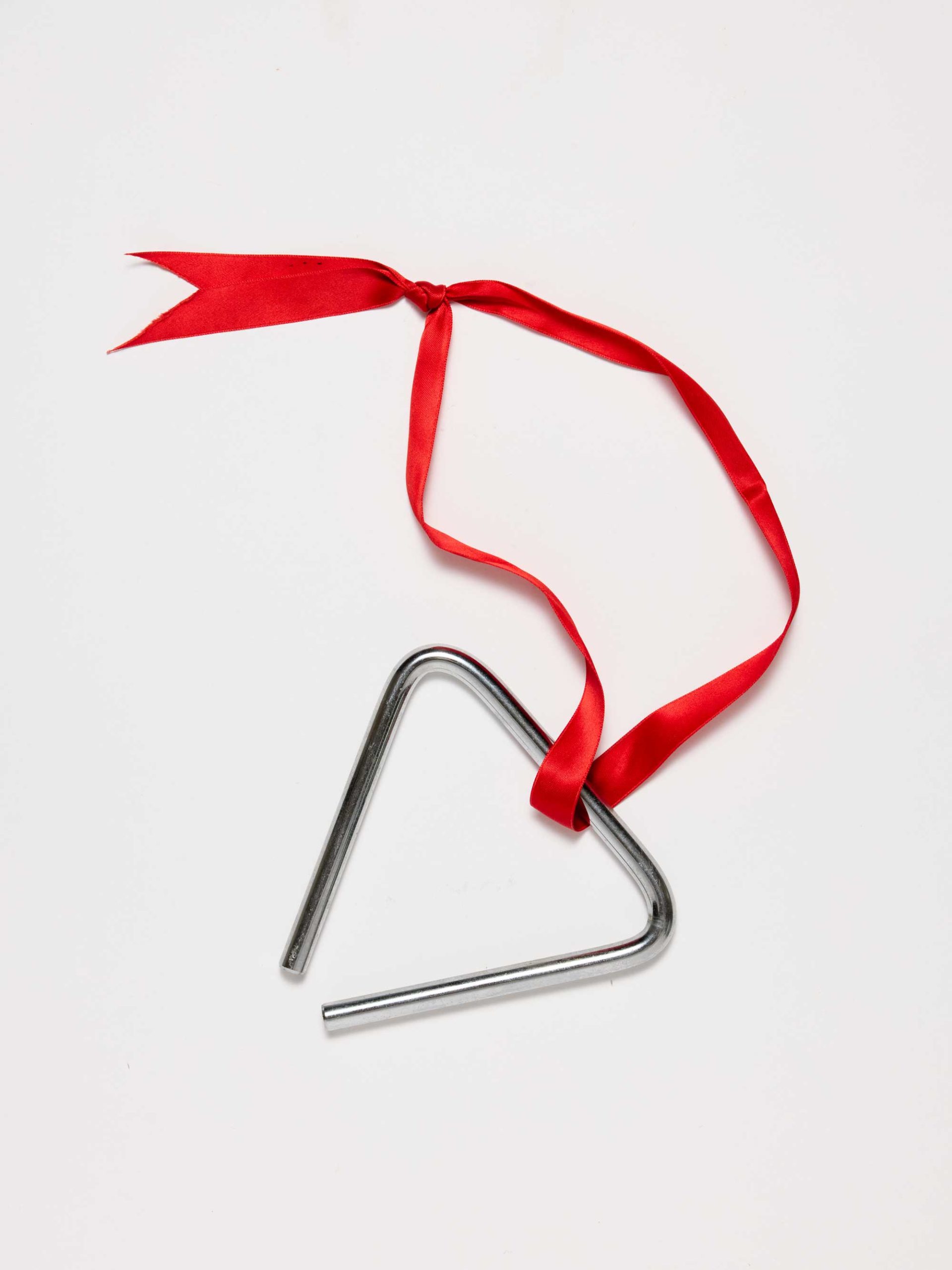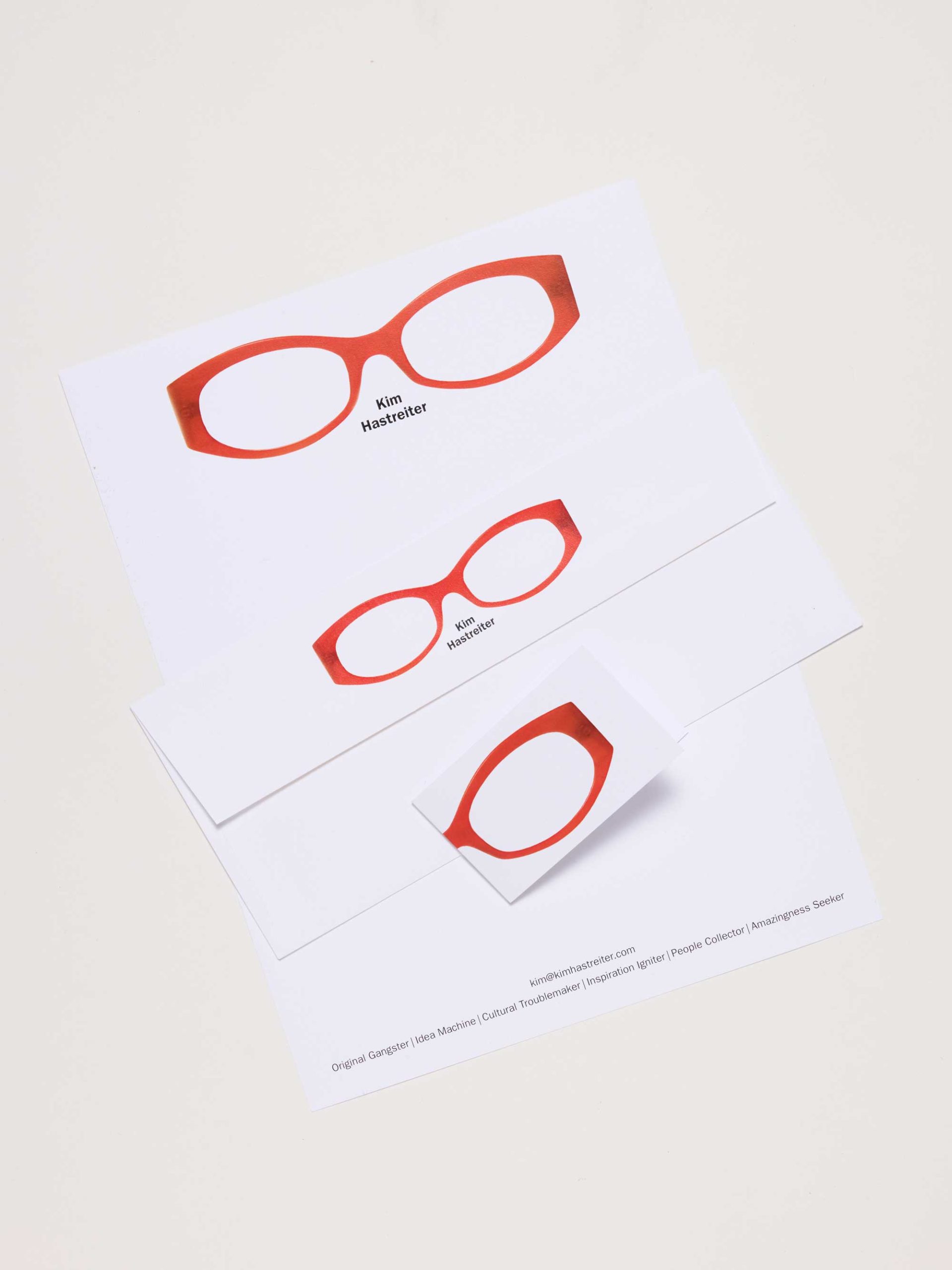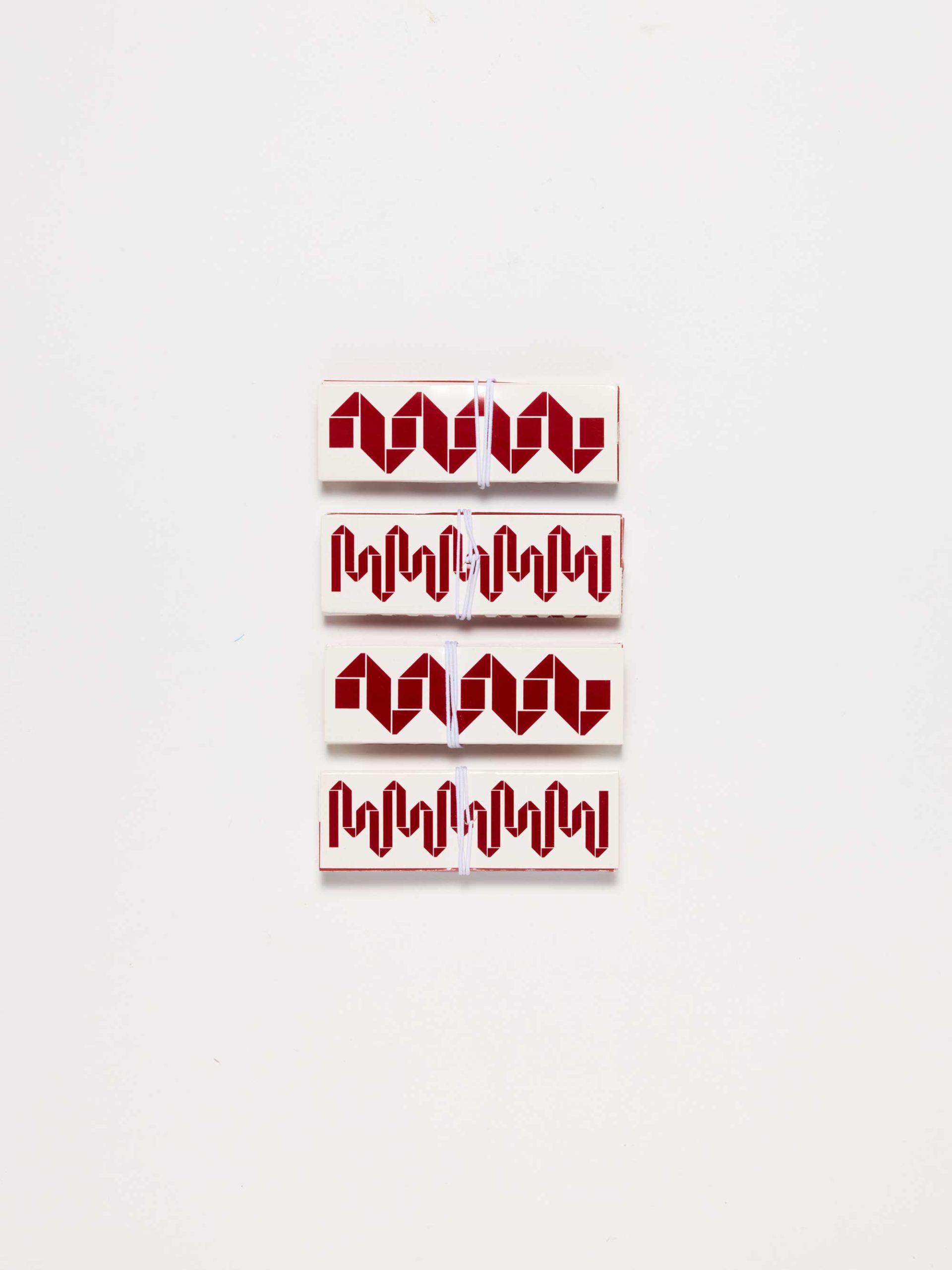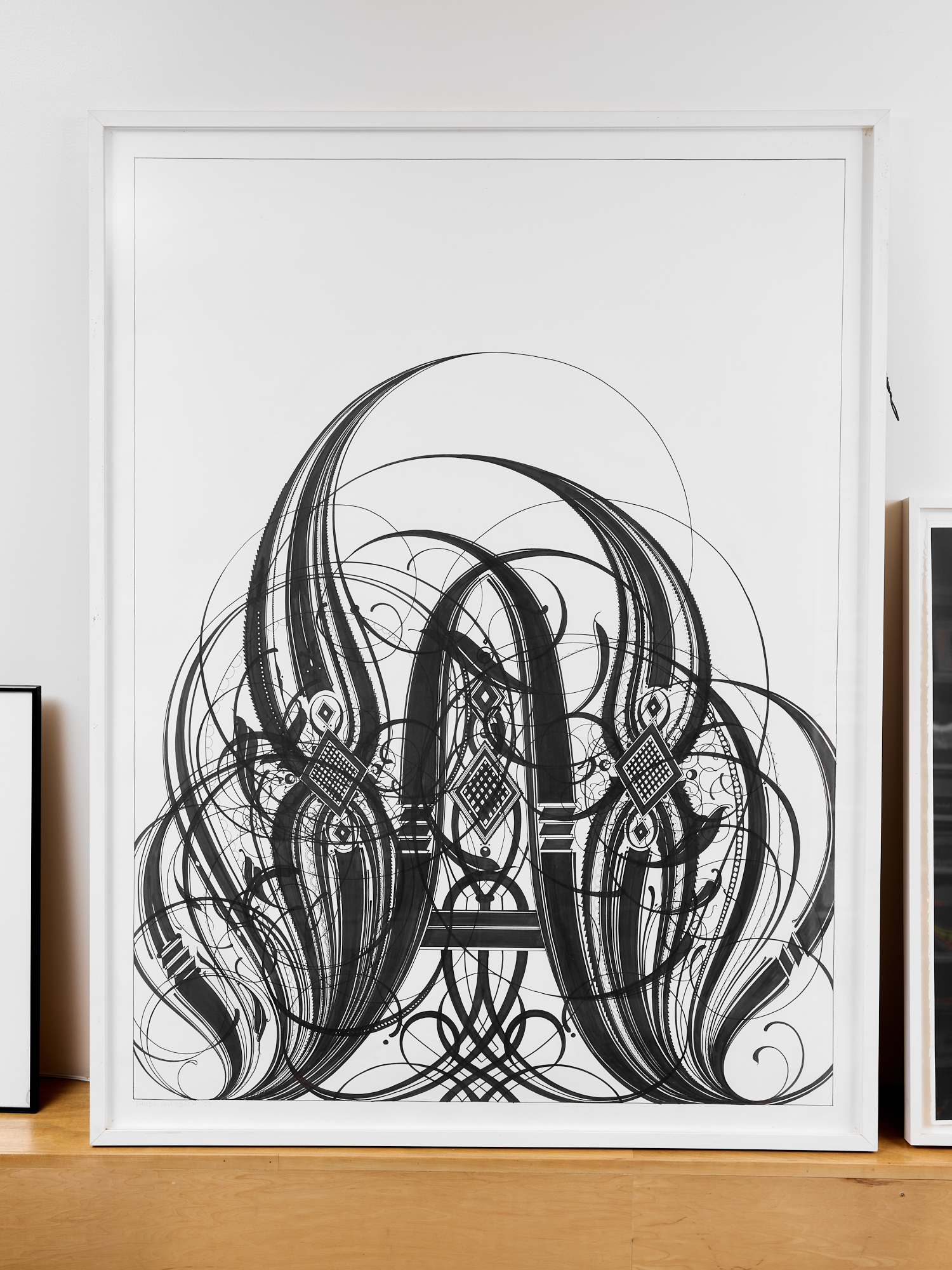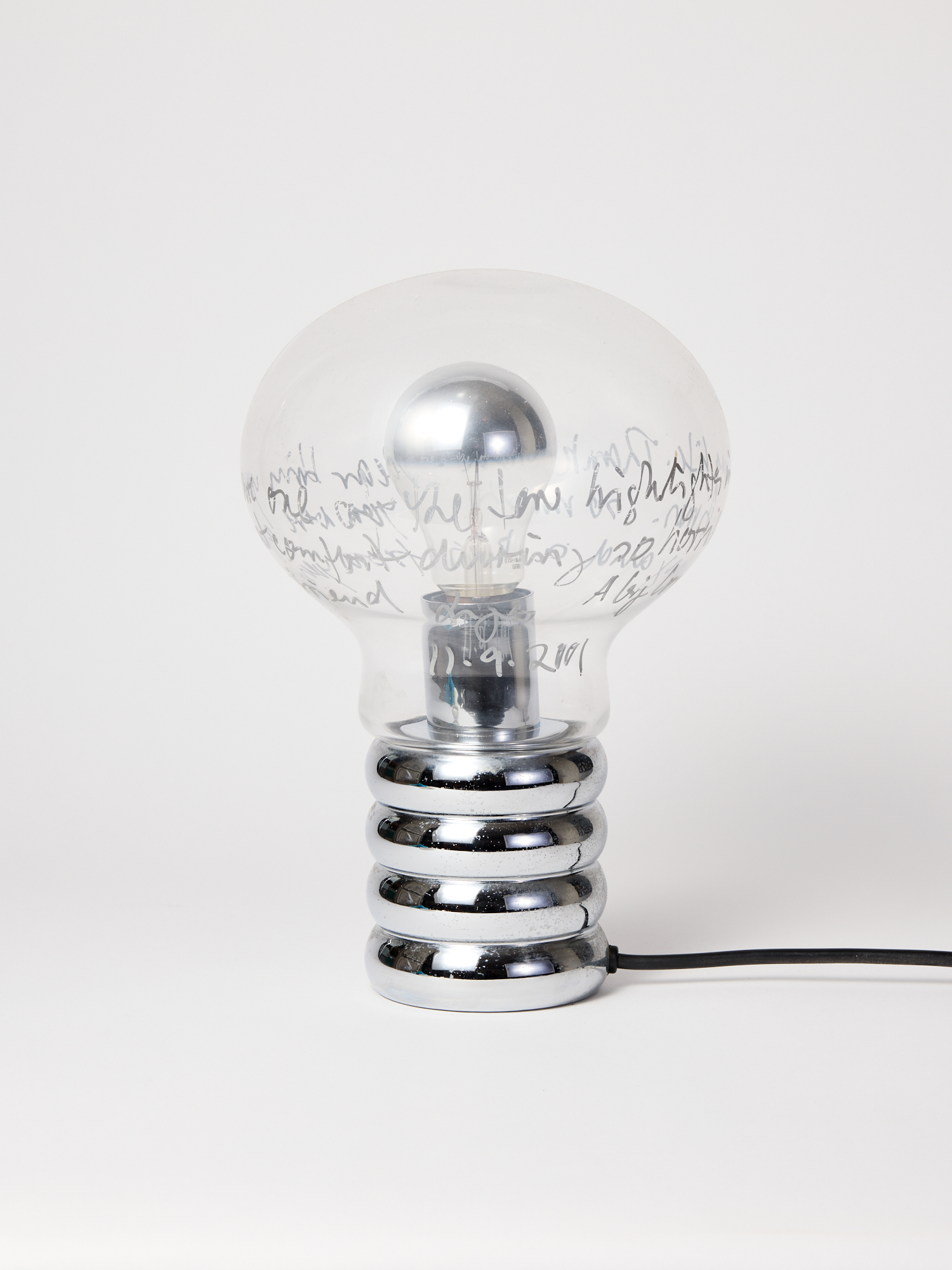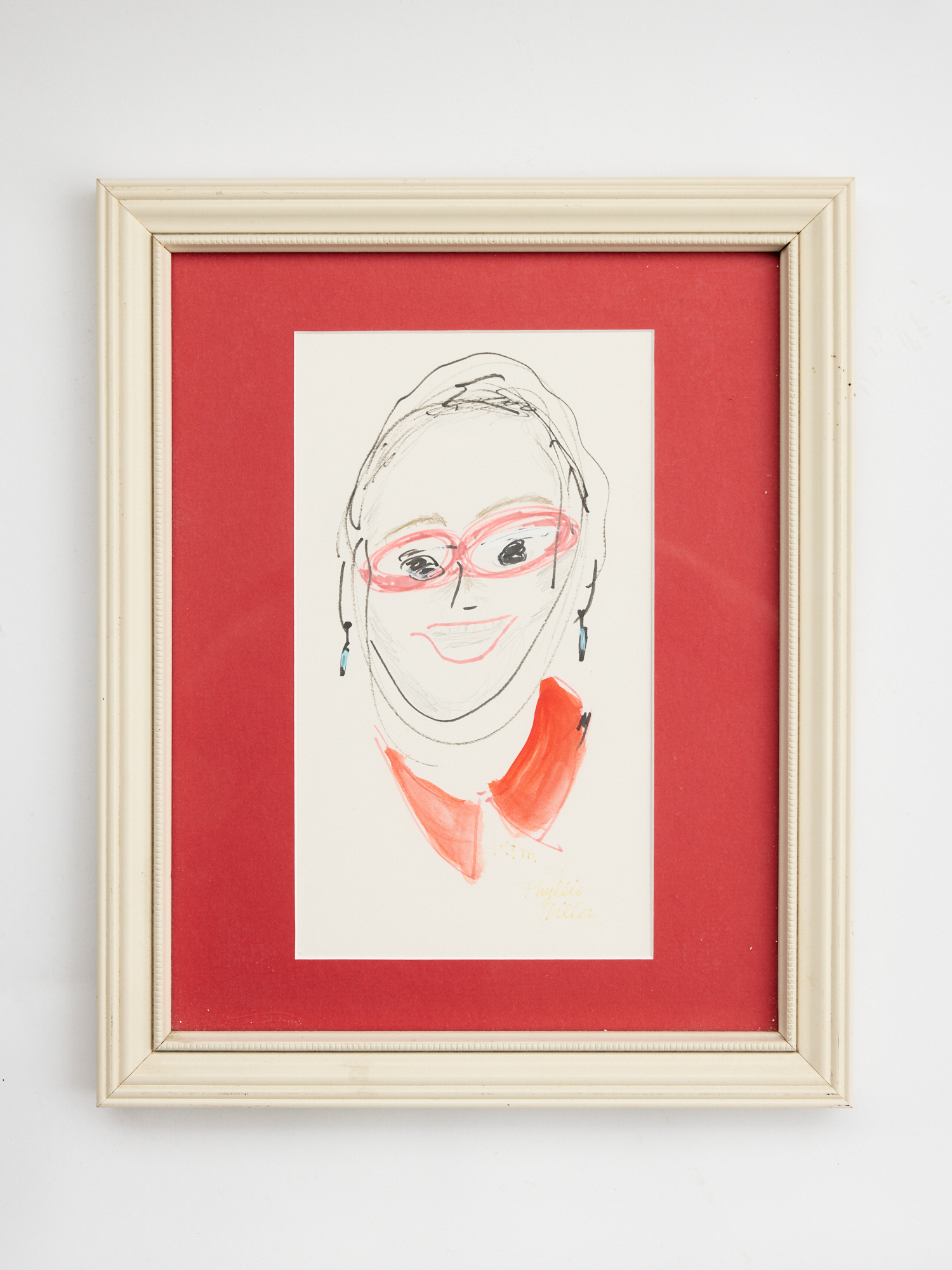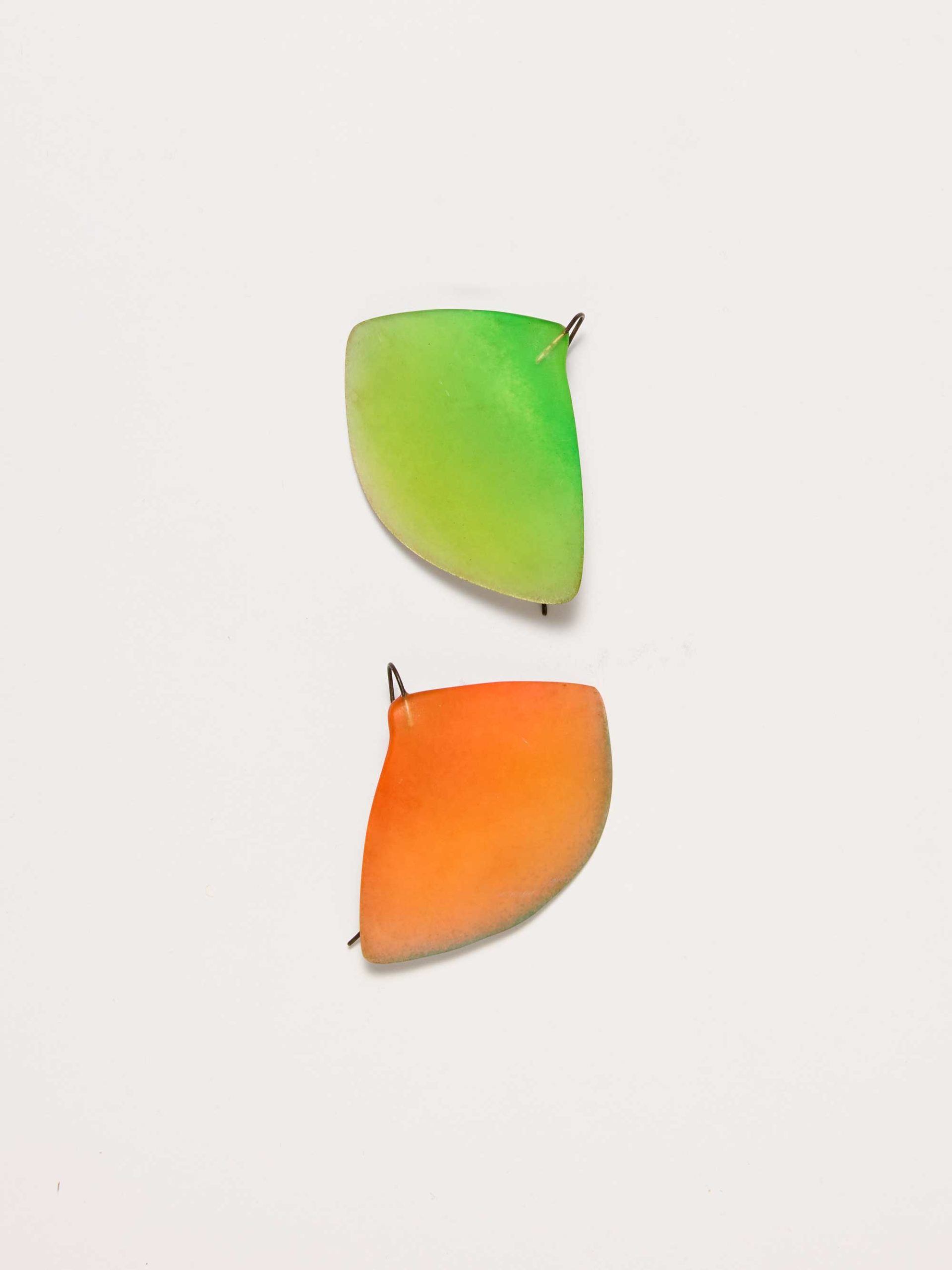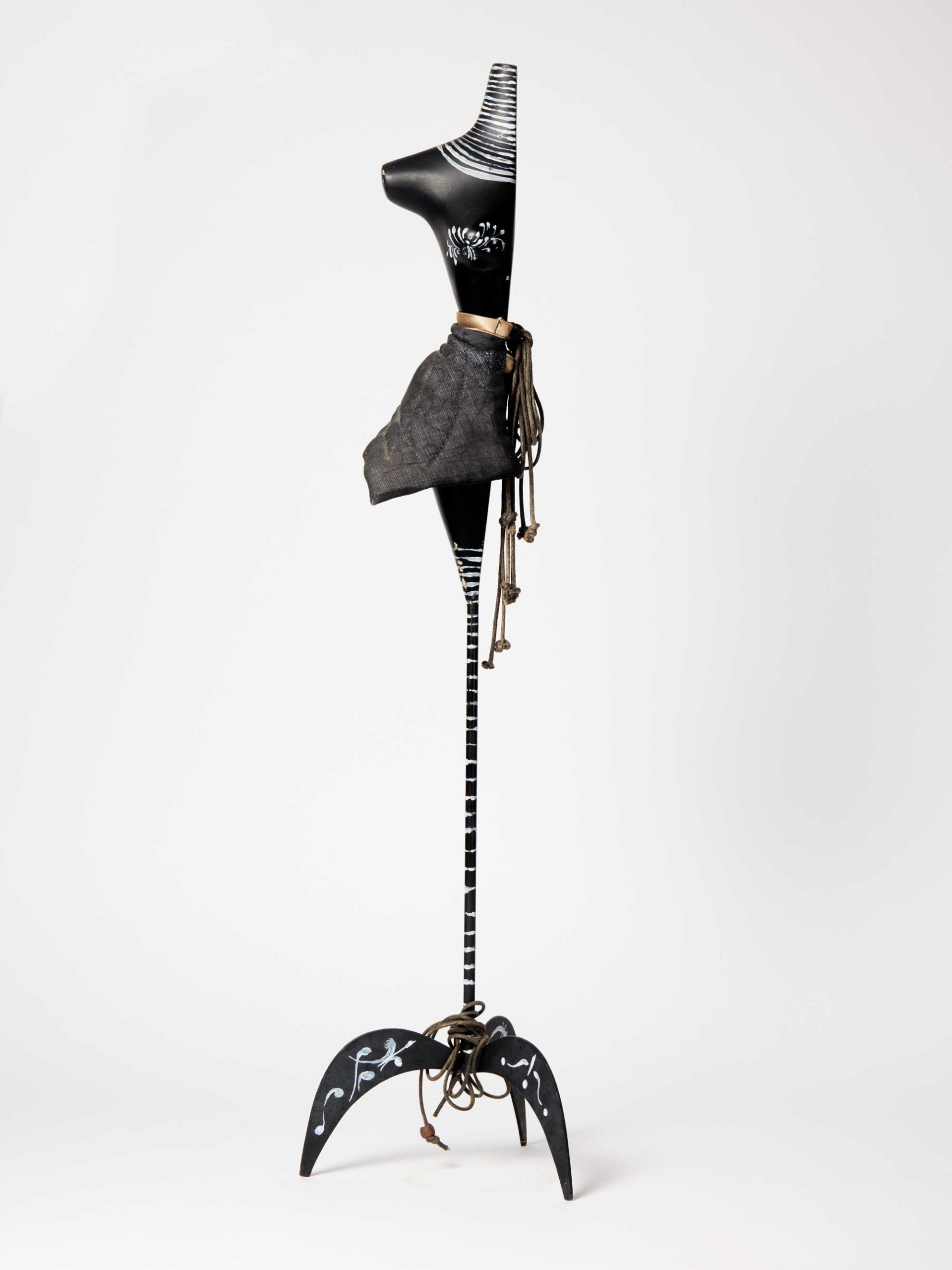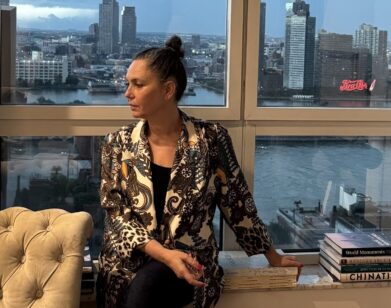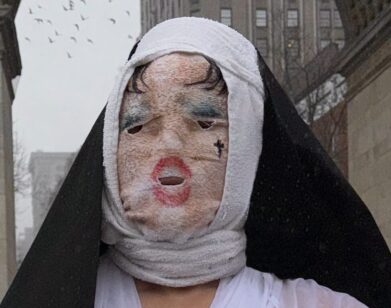a life in
A Cultural History of New York, As Seen Through Kim Hastreiter’s Stuff
By her own admission, Kim Hastreiter is an “obsessive collector.” As the co-founder of Paper magazine, Hastreiter has, over the course of her life, amassed what amounts to a museum’s worth of curiosities consisting of treasured gifts from friends, alongside pieces she deems culturally significant or just downright bizarre (ceramic potatoes make an appearance). Ask her about a piece and you’re bound to receive a detailed exposition not only of its origin, but a dizzying oral history connecting Hastreiter to a motley constellation of artistic friends, from the filmmaker John Waters to the drag performer Joey Arias to the comedy legend Phyllis Diller. Hard at work documenting the collection for her forthcoming memoir, the aptly titled Stuff, which tells the story of her life and the cultural history of New York through her many, many things, Hastreiter took a moment to share some of her most cherished possessions, courtesy of some of her most cherished people.
———
PEDRO ALMODOVAR
Pedro and I met in the late ’ ’80s or early ’90s, before he was really famous. He lived in New York for one summer and we became good friends. I would take him to fashion shows and to clubs. I’d have dinner parties and introduce him to drag queens. He loved it. He sent me this birthday invitation, an old picture of him accompanied by a long, complicated letter, and at the end it said, “Well, it’s not really a party.”
———
KEITH HARING
I was working at the SoHo Weekly News when I knew Keith, around the time Vivienne Westwood had her shop in London called SEX. She contacted me through a friend, and said, “I want to meet Keith Haring and [the jewelry designer] Ted Muehling, and I would like them to work on my next collection with me.” Keith had never heard of her. He was still in school. But I said, “Keith, they’re doing something that’s really great.” They ended up doing a whole collection together. Keith designed the fabric, and these are two skirts from the collection.
———
STEPHEN SPROUSE
After the SoHo Weekly News went out of business, I had a column in Mademoiselle, another in GQ, and I was working for Vanity Fair. I hated them all. One day my BFF Ted Muehling told me, “You should go buy some stuff from this guy on 57th Street who is selling lots of amazing DayGlo clothes. So I went to see Stephen Sprouse at his showroom, and we hit it off. I bought a shit-ton of stuff. Then I said, “Steven, I want to write an article about you for GQ.” And he was like, “Okay.” I wrote the first article on Stephen Sprouse in 1981. It was a really small article, but it was the first. He dropped this little painting as a Christmas gift for me off with my doorman many years ago.
———
TIBOR KALMAN
Tibor was this Hungarian genius. If you ask any art director or graphic designer over the age of 50 who their inspiration or hero was, they will all say Tibor. Tibor did ads for [the restaurant] Florent, and that’s how I met him. Florent advertised in the first issue of Paper. This is my favorite Tibor design, it’s called the Askew Clock. Tibor used to call it “The Stupid Clock.” It sits in my kitchen.
———
BILL CUNNINGHAM
I met Bill Cunningham in 1976. He got me my first job as the style editor of the SoHo Weekly News in 1979. When I started Paper in 1984, he would always cheer us on. Toward the end of Bill’s life, I would always see him at Union Square Greenmarket photographing people. I took him aside and said, “Bill, I want to explain some things to you. All these booths are not equal.” At the market, there are certain farms that are the best and then others that you don’t go to. There’s one called Morning Berry Farm, which has incredible strawberries and amazing potatoes—all the famous chefs go there. Anyway, I said to Bill, “See this booth? It’s the Marc Jacobs of the farmers market.” From then on, I only saw him stand in front of that booth.
———
JOHN WATERS
In 1983 or 1984, I met John Waters through [the photographer] Henny [Garfunkel]. He was the first celebrity we put on the cover of Paper. He would come to everything we did and we just became friends. John always gives good and weird presents. I was having a birthday dinner at my house and he brought me this little plastic statue of Michael Jackson holding Prince Michael II. He couldn’t stop telling us that it was the first thing he ever bought on the internet. John has always been a Luddite, but as soon as he found out he could shop online that broke the ice.
———
HENNY GARFUNKEL
Henny Garfunkel was known for her pictures of outrageous people, but she was also hired by publications like People to go to the Sundance Film Festival to shoot celebrities. All the movie stars loved her because she wasn’t a normal paparazzo. Henny loves to photograph people she calls “freaks,” from crazy-looking old people in Miami Beach to naked men walking down the streets of San Francisco. She gave me this picture years ago, before the age of implants.
———
KENNY SCHARF
I met Kenny Scharf because he was friends with Keith [Haring]. They were a part of the Club 57 scene that I used to go to every night. [The actor] Debi Mazar was a makeup artist at the time and worked the door there. Club 57 was so amazing. Everybody was on acid. At that time, Debi was dating Kenny, who was doing this thing where he would customize appliances. He’d take your brand-new Sony TV and he’d completely fuck it up. One day Kenny came over to my house and was like, “Can I paint your stuff?” I was like, “I love my Braun coffee bean grinder, but okay.”
———
JOEY ARIAS
When Joey Arias and I got an apartment on Houston Street in 1976, he got a job at Fiorucci selling clothes to pay the rent. Meanwhile, my friend [the artist] Ross Bleckner, who I was at CalArts with, called and said, “Somebody’s opening a funny club on the ground floor of my building. Why don’t you come by?” It was the opening night of the Mudd Club. Before that, Joey and I would go out every night to Studio 54 and dance. I’d wear this leopard Fiorucci dress that Joey got for me. When Mudd Club opened, it was more punk than disco so I had to change my look. I began dressing in punk clothes like bondage pants and t-shirts held together with safety pins, but I’ve always treasured this dress.
———
THOMAS LAUDERDALE
Thomas Lauderdale is best friends with [the photographer and former publisher of Interview] Paige Powell, who introduced us. I started going to see his band Pink Martini play shows about 20 years ago, and over the years, I’d say, “Thomas, I’d love to learn the triangle someday.” Well, one day he called me up and said, “Kim, what are you doing on August 15th?” I said, “Why?” He said, “I’m going to fly you to L.A. We’re playing the Hollywood Bowl. And I want you to play triangle with the band and with Carol Channing.” That night I performed “There’s No Business Like Show Business” in front of 18,000 people.
———
GEORGE LOIS
When I started Paper, one of my art directors was Richard Weigand, who used to work at Esquire. He couldn’t stop talking about this guy George Lois, who was the magazine’s art director. George was the first art director to not just push pictures around on a page. He was about ideas. His work blew my mind and inspired everything I did at Paper. It turns out that Lois lived upstairs from my parents on 12th Street so we got to know each other and over the years became friends. When I sold Paper a few years ago, I started this little consulting company, and one day I called George and said, “Would you make me some business cards? I need an identity.” So he made this whole identity kit for me using my glasses: “Original Gangster. Idea Machine. Cultural Troublemaker.”
———
TAUBA AUERBACH
There was a show of Tauba’s work at my friend Marsea Goldberg’s L.A. gallery, New Image Art. It was called “How to Spell the Alphabet,” and it blew my mind. It was all about letters. I wanted the “A” because it was the most seminal piece in the show, but I couldn’t afford it. I couldn’t stop thinking about it. We had a monthly visual column in Paper called “Room with a View” where I would invite artists and give them a space to do anything they wanted. I invited Tauba to do it, and they came to New York and I had lunch with them—I was obsessed. Ultimately, I got the “A.”
———
FORD WHEELER
In the ’70s, there used to be this African import store called Craft Caravan, and Ford was a salesperson there. Even though an elderly man owned the store, Ford was the attraction. The owner, who loved Ford, decided to retire, and said to Ford, “Do you want the store?” He sold it to him for next to nothing and suddenly Ford owned Craft Caravan. After that, Ford started going to Africa and buying all kinds of amazing things like suitcases made out of tuna fish cans or the barbershop paintings that he became known for selling. This is one of my favorites.
———
INGO MAURER
Ingo, who was a legendary German lighting designer, was my longtime neighbor and one of my dearest friends for decades. He made these when they banned frosted lights in the EU. He was so furious when he found out that going forward you could only get LED or see-through bulbs. He made these light bulb condoms so you put them onto any bulb and make the light frosted.
———
PHYLLIS DILLER
Phyllis would send me letters and these hysterical Christmas and birthday cards. Mickey [Boardman, Paper’s editorial director] had her do a portrait of me for my birthday. I met Phyllis in Las Vegas. Joey [Arias] was doing a show residency there at the time, and Thierry Mugler did the costumes. I remember in an editorial meeting, Mickey said, “The Las Vegas city council PR people want us to do something there.” So we decided to do a whole Las Vegas issue and they gave us free hotels, free all-you-can-eat buffets, everything. It was outrageous. Mickey then told me, “You know, Phyllis Diller is having an art show in Las Vegas while we are there.” I was like, “Oh my god, Mickey, you should marry Phyllis Diller at a drive-through wedding chapel. And we should shoot it for the issue.”
———
PAIGE POWELL
This is Andy Warhol’s desk. Paige Powell worked at Interview selling ads. She was the best ad seller on the face of the planet. We had no money and we were always saying, “If we only had a person like Paige Powell, we could sell ads.” When Andy died, Paige kind of took Paper under her wing, even though she was working at Interview. Paige eventually moved back home to Portland to devote herself to her number one passion, animal activism. To this day, she is one of my best friends in the whole world.
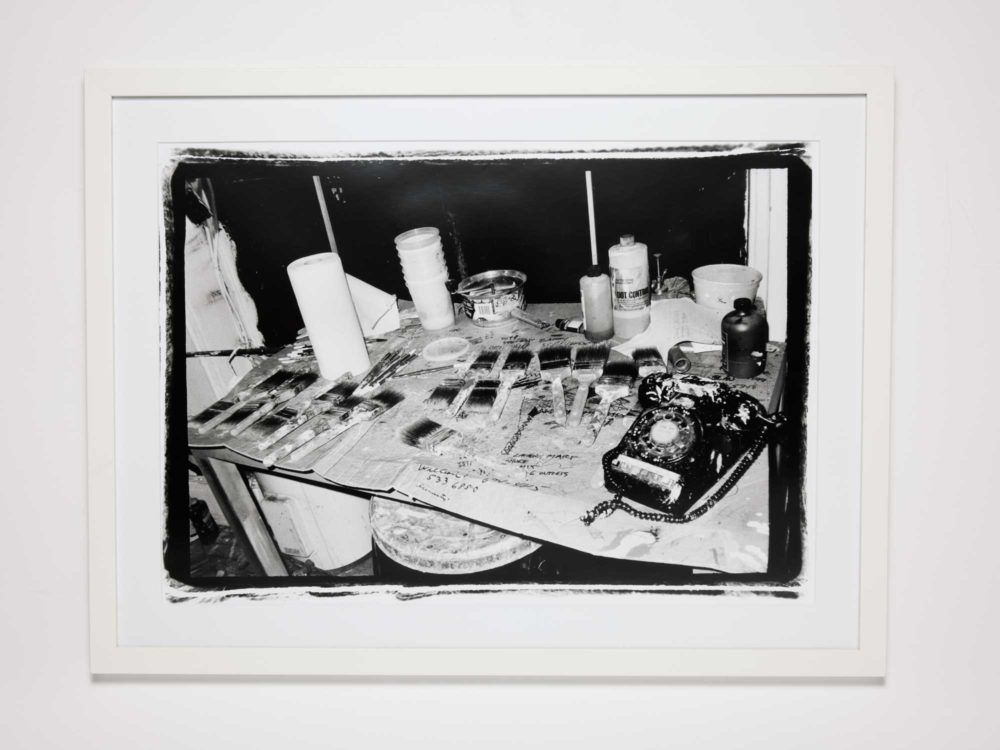
———
ANDRE WALKER
This is a picture of Andre that I took when he was 16. He was in high school at the time. I went to one of his fashion shows, and I almost died. It was the best thing I ever saw. So I started helping him with his fashion shows. He would literally do them at school or in a church, and his mother would sew everything. No one had money, but the shows were incredible. He called me “Auntie Kim.” The shows were always late. I would be screaming, “You can’t start the show three hours late.” I would lose my voice every show.
———
TED MUEHLING
I met Ted Muehling in the late ’70s and we immediately became fast friends. Probably because he was this super shy, sort of antisocial, WASPy, guy and I was an out-there boisterous Jew. Opposites attract. In those days Ted was just getting out of school at Pratt and making mind-blowing jewelry and objects in his kitchen. He was totally into nature, which wasn’t my bag, but I adored that he saw DayGlo in nature. When he gave me these DayGlo moth wings I went crazy. He made them in his Brooklyn kitchen by filing plastic into natural shapes and then baking them in his oven to get the organic melty shape. He painted the backs with DayGlo nail polish, then goldleafed them until they glowed. They sat on the ear like phosphorescent moths.
———
RUBEN AND ISABEL TOLEDO
I met Ruben Toledo in 1984 when he was selling clothes at a store on Wooster Street called Parachute. I had just started Paper at my kitchen table and I went to Parachute every month to pick up the $250 check for the ad they bought each issue. They always made me wait for an hour to get my money, so I befriended Ruben, who kept telling me about his girlfriend, Isabel, who he was going to marry. He told me when they got married that he’d invite me over for dinner to meet her because she made beautiful clothes. And sure enough, that’s what happened. I was at Isabel’s very first fashion show and never missed a show after that. One day Ruben made mannequins for a company called Pucci and they had a miniature one that I grabbed. Ruben insisted on customizing it, so he painted it and Isabel made a miniature outfit on it. Isn’t it amazing?
———
Objects photography: Tim Schutsky
Hair and makeup: Laila Hayani,
Photography Assistant: Tim O’Connell

